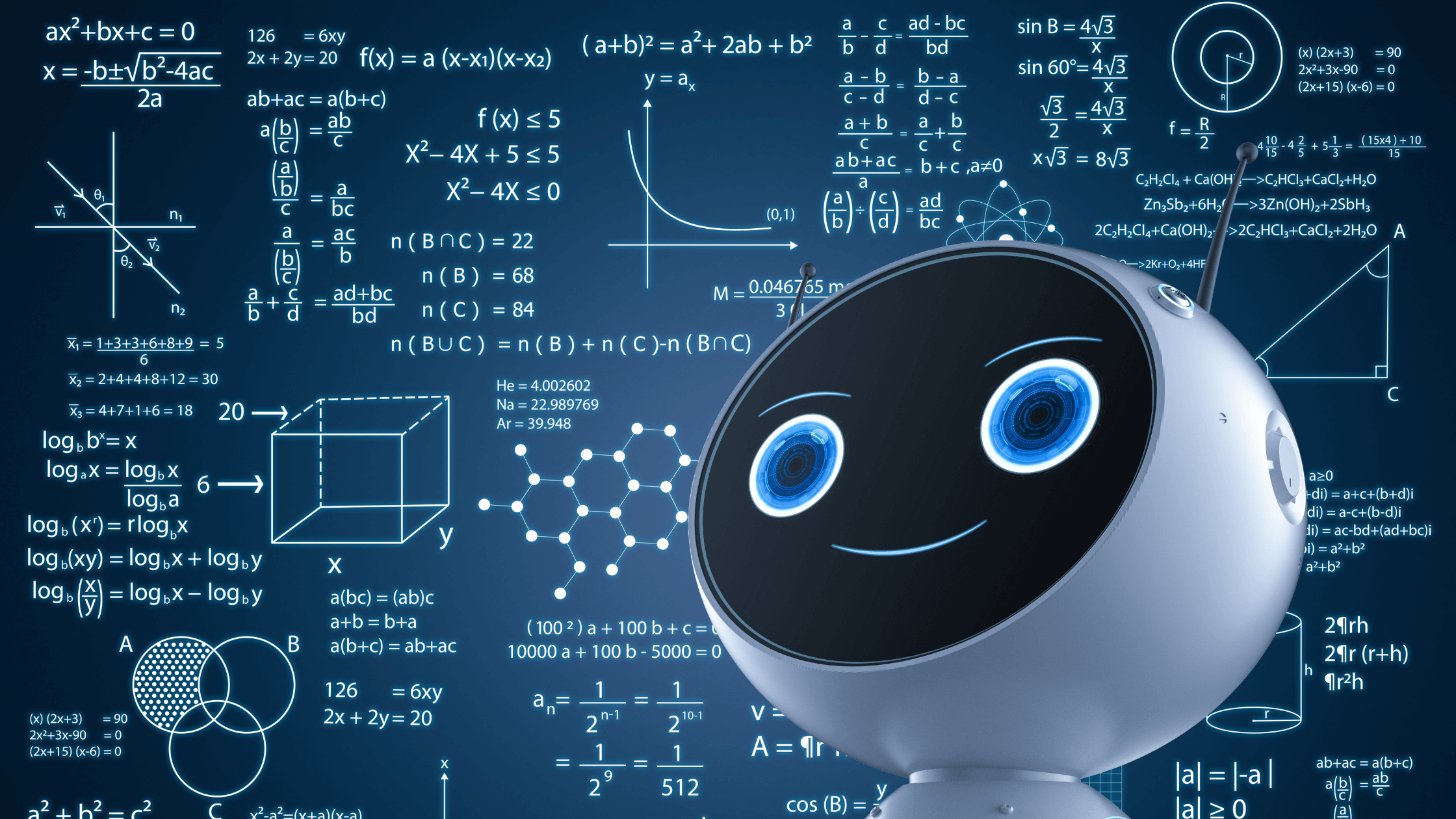Machine Learning (ML) is an exciting field with tremendous growth and application in recent years. ML algorithms have become integral to our daily lives, from voice assistants to personalized recommendations. This blog post will delve into understanding machine learning fundamentals, including supervised, unsupervised, and reinforcement learning, and explore real-world applications of this transformative technology.
The Fundamentals of Machine Learning
At its core, machine learning is a subset of artificial intelligence that empowers systems to learn from data and improve their performance over time without being explicitly programmed. Furthermore, learning involves finding patterns, making decisions, and generating insights from data to solve specific tasks. Hence, the three main categories of machine learning are supervised, unsupervised, and reinforcement learning.
Supervised Learning
Supervised learning is one of the most common and foundational approaches in machine learning. In this type of learning, the algorithm receives a labeled dataset containing input data and corresponding correct outputs. The goal is for the algorithm to learn the mapping between inputs and outputs, allowing it to make predictions on new, unseen data.
A classic example of supervised learning is email spam classification. The algorithm trains on a dataset where each email is labeled “spam” or “not spam.” Additionally, by analyzing the features of these emails, such as keywords and sender information, the algorithm learns to distinguish between spam and legitimate emails. As a result, once trained, the model can predict whether an incoming email is spam.
Unsupervised Learning
Unsupervised learning, as the name suggests, operates without labeled data. In this scenario, the algorithm explores the data and tries to identify patterns or relationships within it. So, the objective is to find inherent structures in the data and group similar data points together.
An example of unsupervised learning is customer segmentation in marketing. Given a dataset of customer information, such as purchase history and demographics, the algorithm can identify distinct groups of customers based on their preferences and behaviors. As a result, this information can then be used to tailor marketing strategies for different segments.
Reinforcement Learning
Reinforcement learning is a type of learning that involves an agent interacting with an environment to achieve a specific goal. Moreover, the agent learns by receiving feedback through rewards or penalties based on its actions. In addition, the objective is for the agent to maximize the cumulative reward over time by learning from its experiences.
One of the most famous applications of reinforcement learning is in playing games. For instance, in a chess game, the algorithm plays against itself. It receives a reward (winning) or penalty (losing) for each move. Therefore, through trial and error, the algorithm learns to make better moves to increase its chances of winning.
Real-World Applications of Machine Learning
The versatility of machine learning has led to its integration into numerous industries and applications. Let’s explore some of the real-world use cases:
Healthcare
Machine learning is crucial in healthcare, aiding in medical diagnosis, image analysis, and drug discovery. ML algorithms can analyze vast amounts of patient data to assist doctors in making more accurate diagnoses. They can also be employed in medical imaging to identify anomalies, such as tumors, from X-rays and MRI scans.
Finance
Machine learning helps with fraud detection, algorithmic trading, and credit risk assessment in the financial sector. ML models can analyze transaction data to detect unusual patterns indicative of fraudulent activities. Additionally, they can predict market trends and optimize investment strategies in algorithmic trading.
Natural Language Processing (NLP)
NLP, a subfield of machine learning, enables machines to understand, interpret, and generate human language. Applications range from chatbots and virtual assistants that can interact with users naturally to sentiment analysis for gauging public opinion on products and services.
Autonomous Vehicles
Machine learning is instrumental in developing self-driving cars. Through computer vision and reinforcement learning, these vehicles can perceive and interpret their environment to make real-time driving decisions, ensuring safer and more efficient transportation.
Conclusion
Machine learning has revolutionized various aspects of our lives and continues to do so at an astounding pace. These techniques open up exciting opportunities across industries, from supervised and unsupervised learning for pattern recognition to reinforcement learning for decision-making.
We expect even more innovative applications and solutions to everyday problems as machine learning technology advances. Embracing this cutting-edge technology will undoubtedly shape the future, leading us toward a more intelligent and automated world. As users and creators of technology, it is essential to stay curious, explore the possibilities, and contribute to the ongoing progress in machine learning.

